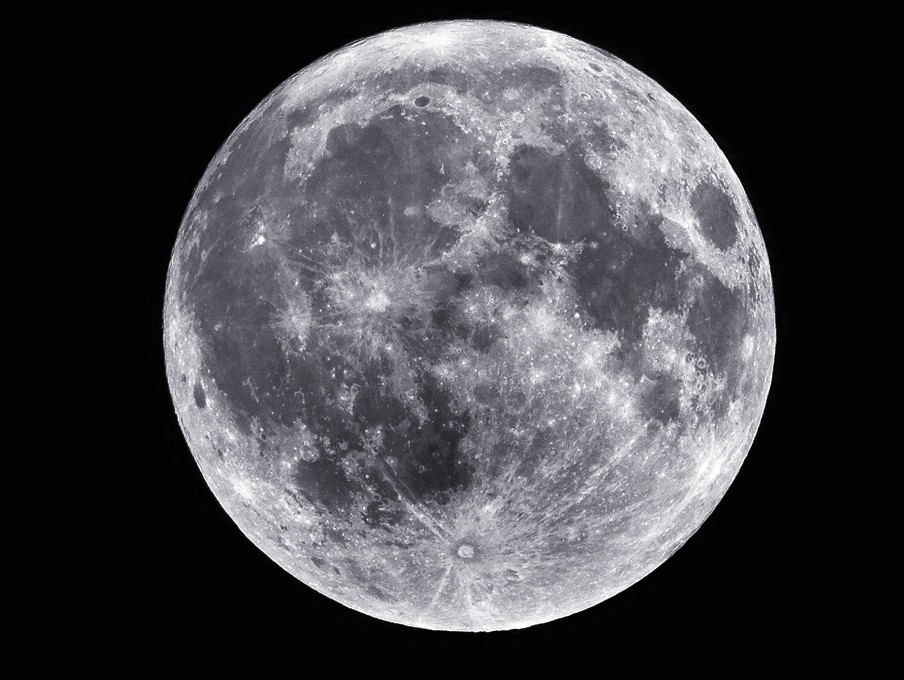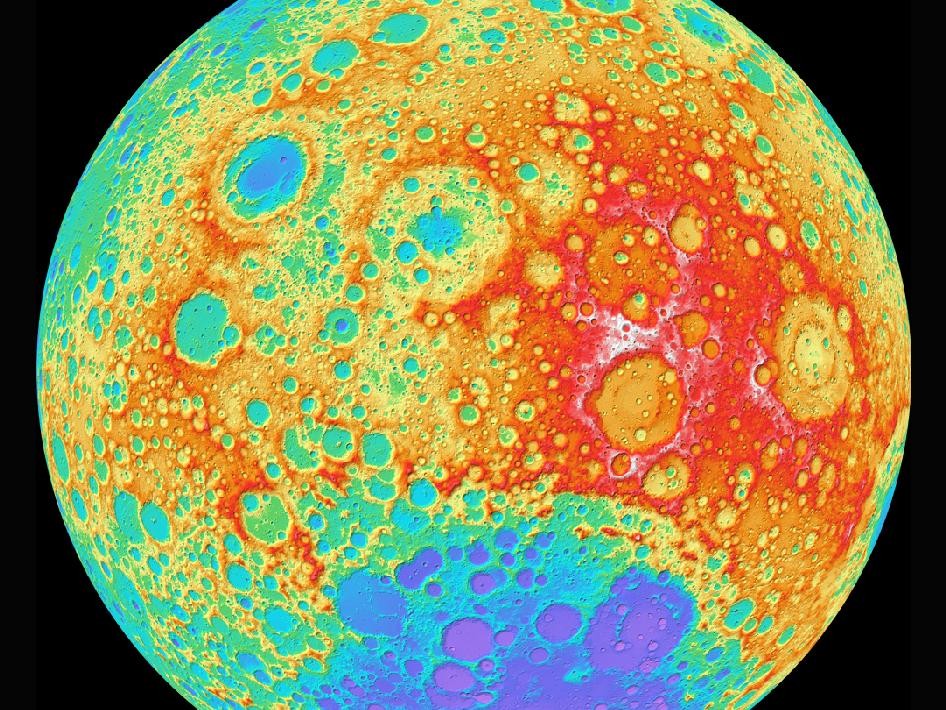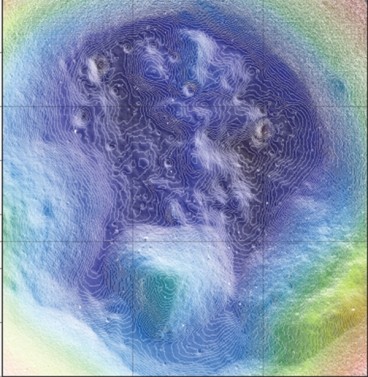Scientists Find Evidence of Ice On Moon's South Pole [PHOTOS and VIDEO]
An international team of scientists has discovered ice in the Shackleton crater, which lies at the south pole of the moon.
Earlier, scientists believed that the crater could have some amount of ice, but inconsistent observations over the decades have cast doubt on whether ice might indeed exist in the shadowy depths of the crater.
Now scientists have discovered ice in the Shackleton crater while analysing data retrieved from Nasa's Lunar Reconnaissance Orbiter (LRO) spacecraft.
During the study, the spacecraft mapped the Shackleton crater in unprecedented detail, using a laser. They used the LRO's laser altimeter to map the crater's elevations based on the time it took for laser light to bounce back from the moon's surface. They claimed that the longer the light took to bounce back, the lower the terrain's elevation.
The scientists also used the laser altimeter to measure the crater's brightness, sending out pulses of infrared light at a specific wavelength. The crater's surface absorbed some light based on its own natural albedo, reflecting the rest back to the spacecraft.
The laser light and the infrared light reflected from the crater revealed that the crater has some quantity of ice.
The study also revealed that the Shackleton crater has remained relatively unscathed since its formation more than three billion years ago. The crater's floor is itself pocked with several smaller craters, which may have formed as part of the collision that created Shackleton.
Scientists were able to create this detailed map because of the spacecraft path. The spacecraft orbits the moon from pole to pole as the moon rotates underneath. With each orbit, the LRO's laser altimeter maps a different slice of the moon, with each slice containing measurements of both poles. The upshot is that any terrain at the poles - Shackleton crater in particular - is densely recorded.
Scientists took advantage of the spacecraft's orbit to obtain more than 5 million measurements of the polar crater from more than 5,000 orbital tracks.
"We decided we would study the living daylights out of this crater," said Maria Zuber, scientist at the MIT, in a statement. "From the incredible density of observations we were able to make an extremely detailed topographic map."
"Ice in the polar regions has been sort of an enigmatic thing for some time ... I think this is another piece of evidence for the possibility of ice," said Ben Bussey, scientist at the Johns Hopkins University, in a statement. "To truly answer the question, we'll have to send a lunar lander, and these results will help us select where to send a lander."
Scientists claim that the LRO map will help researchers understand crater formation and study other uncharted areas of the moon.
"I will never get over the thrill when I see a new terrain for the first time," Zuber said. "It's that sort of motivation that causes people to explore to begin with. Of course, we're not risking our lives like the early explorers did, but there is a great personal investment in all of this for a lot of people," she concluded.
Watch the video




© Copyright IBTimes 2024. All rights reserved.






